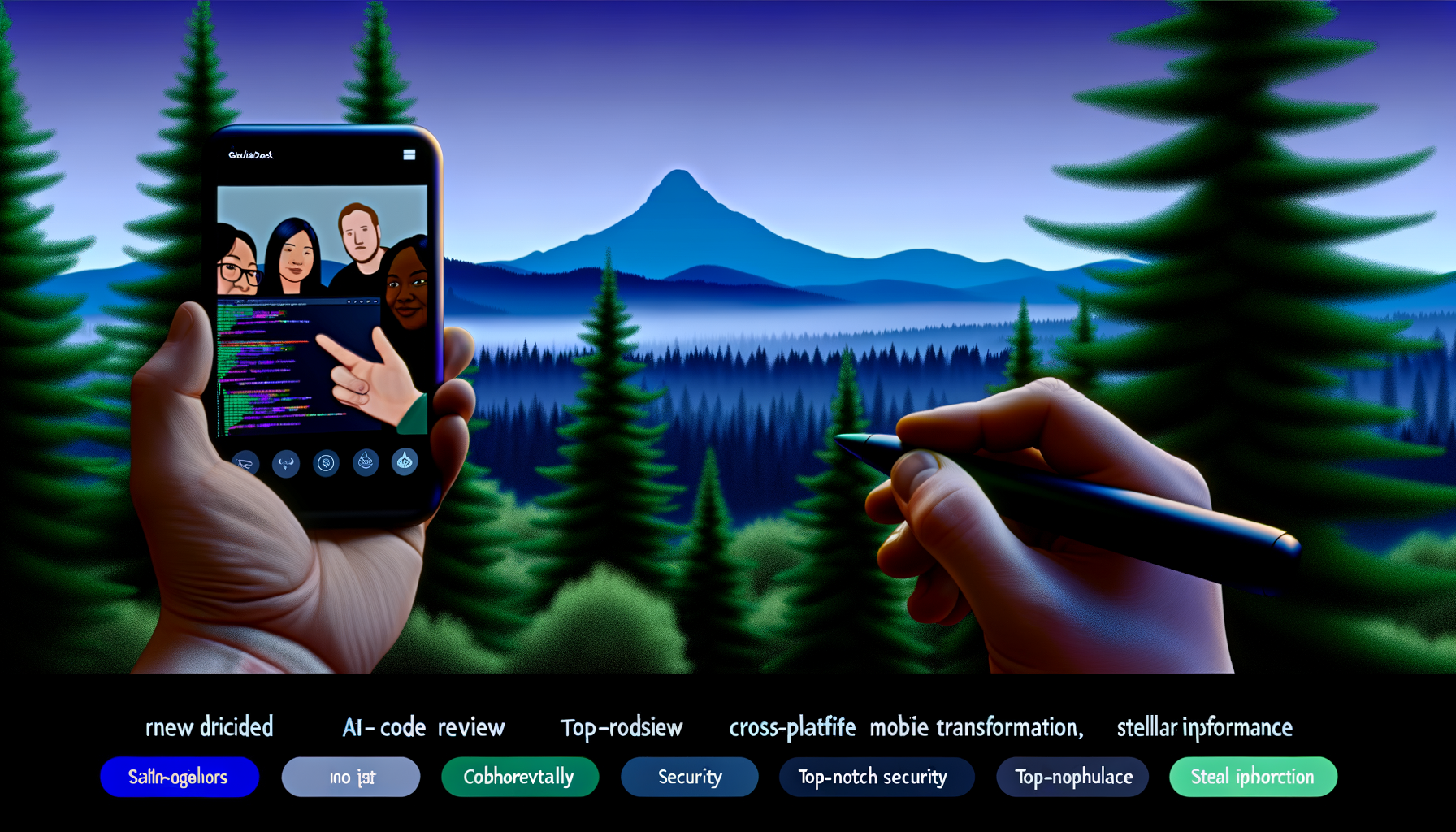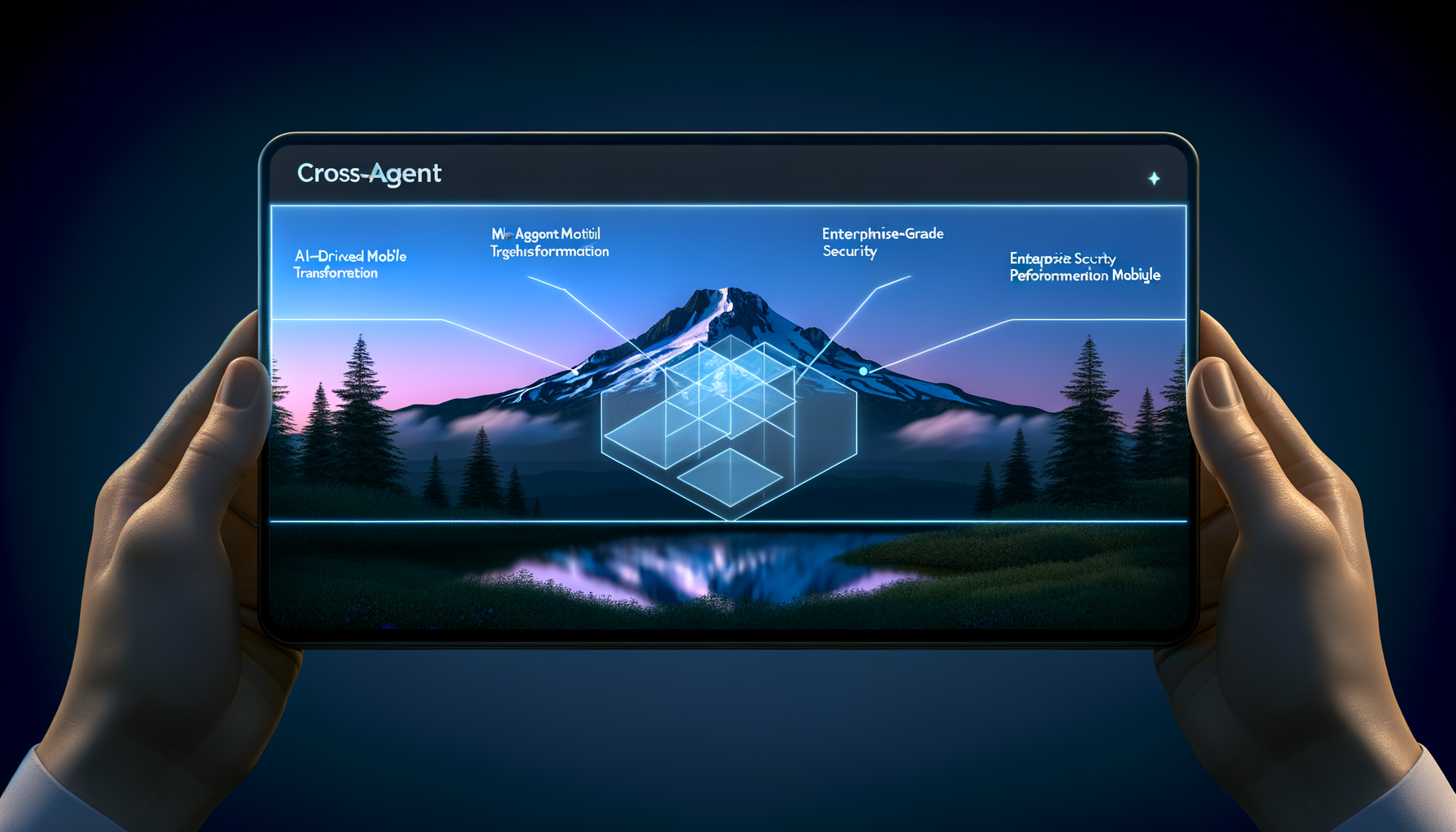In an era where 5G and AI drive mobile innovations, are your apps keeping up? By 2025, cross-platform mobile apps are poised to dominate, with frameworks like Flutter and React Native leading the charge. How do you ensure your business not only meets but exceeds expectations? We'll explore the frameworks, AI integrations, and strategies that make this possible.
Top Frameworks for 2025
Why Flutter and React Native Lead

Code-review collaboration via video call, diverse group of developers
Choosing the right framework is crucial for cross-platform success. In 2025, Flutter and React Native are expected to be at the forefront, offering unmatched flexibility and performance.
Flutter, backed by Google, allows for high-quality UI designs with a single codebase. It's perfect for enterprises looking to deploy quickly without compromising on user experience.
React Native, with support from Facebook, is renowned for its robust community and extensive library ecosystem, making it ideal for fintech apps requiring real-time updates.
LIST
- •Flutter: Single codebase
- •React Native: Real-time updates
AI Integration in Mobile Apps
Enhancing User Experience and Functionality

AI model visualizations overlaying mobile screen designs
AI is transforming mobile apps into intuitive, predictive tools. Implementing AI can enhance user personalization and streamline backend processes.
Consider AI-driven analytics that learn from user behavior, providing insights for continuous app improvement.
Machine learning models can also automate repetitive tasks, freeing up valuable resources and improving application reliability.
CALLOUT
AI-driven apps increase user engagement by 30% according to a 2023 XYZ report.
Role of PWAs in Cross-Platform Development
Bridging the Gap Between Web and Mobile

Diagram showing PWA architecture connecting web and mobile
Progressive Web Apps (PWAs) are a game-changer in cross-platform development. They combine the best of web and mobile applications, offering offline capabilities and push notifications.
PWAs are particularly advantageous for businesses looking to reach users without the friction of app store barriers.
They're also cost-effective, as they require only a single codebase to maintain across platforms.
QUOTE
PWAs are the future of mobile and web convergence — seamless, accessible, and powerful.
Case Study: PNW Innovation
Cross-Platform Success in Action

Up-trending analytics graph from fintech app case study
A Seattle-based fintech startup partnered with Quicklook to modernize its mobile offering using Flutter. The result? A 40% increase in user retention and a 50% reduction in development costs.
The integration of AI analytics provided the startup with actionable insights, allowing for data-driven decisions and personalized user experiences.
The project exemplifies how PNW-born innovation, backed by cutting-edge technology, drives tangible business outcomes.
CALLOUT
40% increase in user retention 50% reduction in development costs
Frequently Asked Questions
QWhat are the top cross-platform mobile app development frameworks in 2025?
QHow is AI integration enhancing cross-platform mobile apps?
QWhat role do Progressive Web Apps (PWAs) play in cross-platform development?
Conclusion
In the rapidly evolving mobile landscape, leveraging cross-platform frameworks and AI integration is crucial for staying competitive.
Future Vision
As the digital horizon expands, so should your app strategies. Embrace these innovations to lead, not lag.
Schedule your AI audit with Quicklook.
